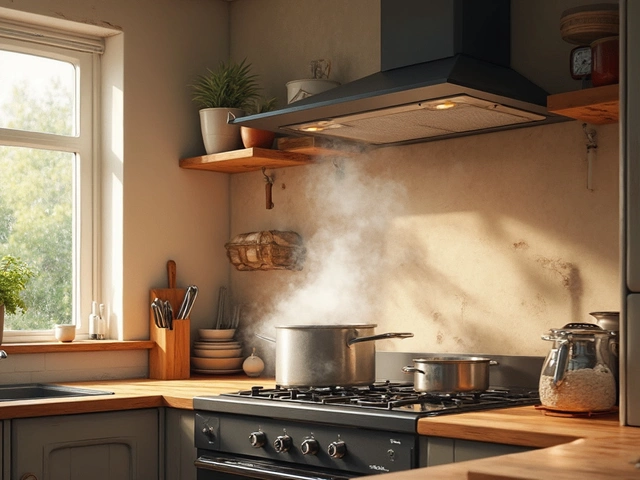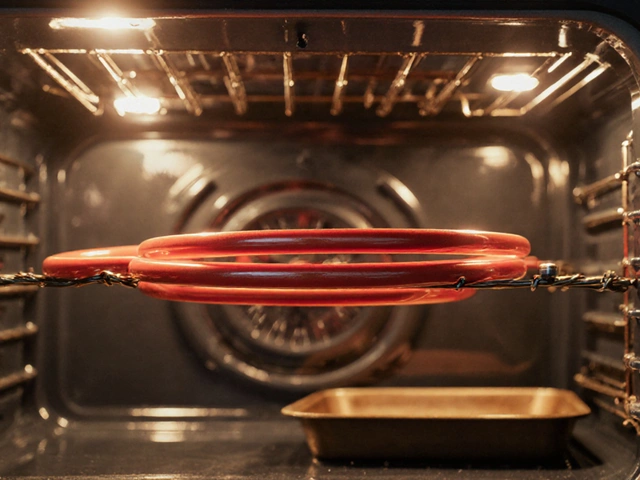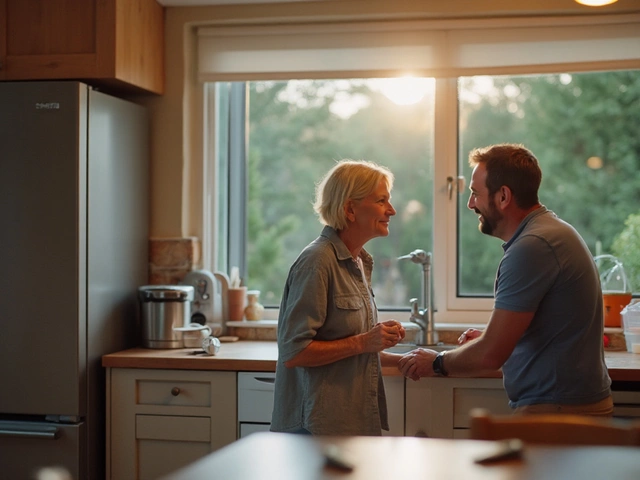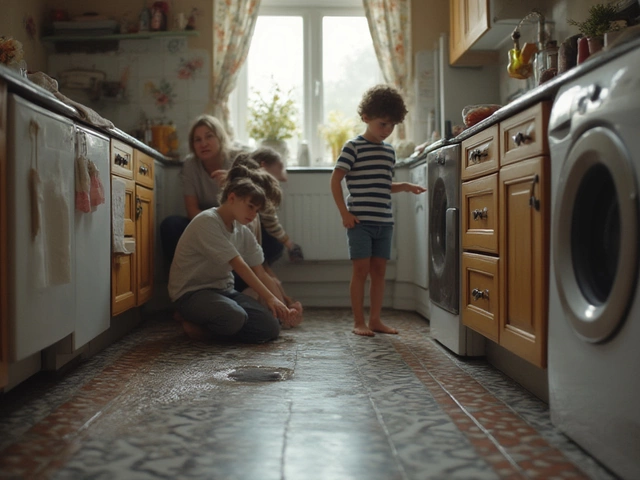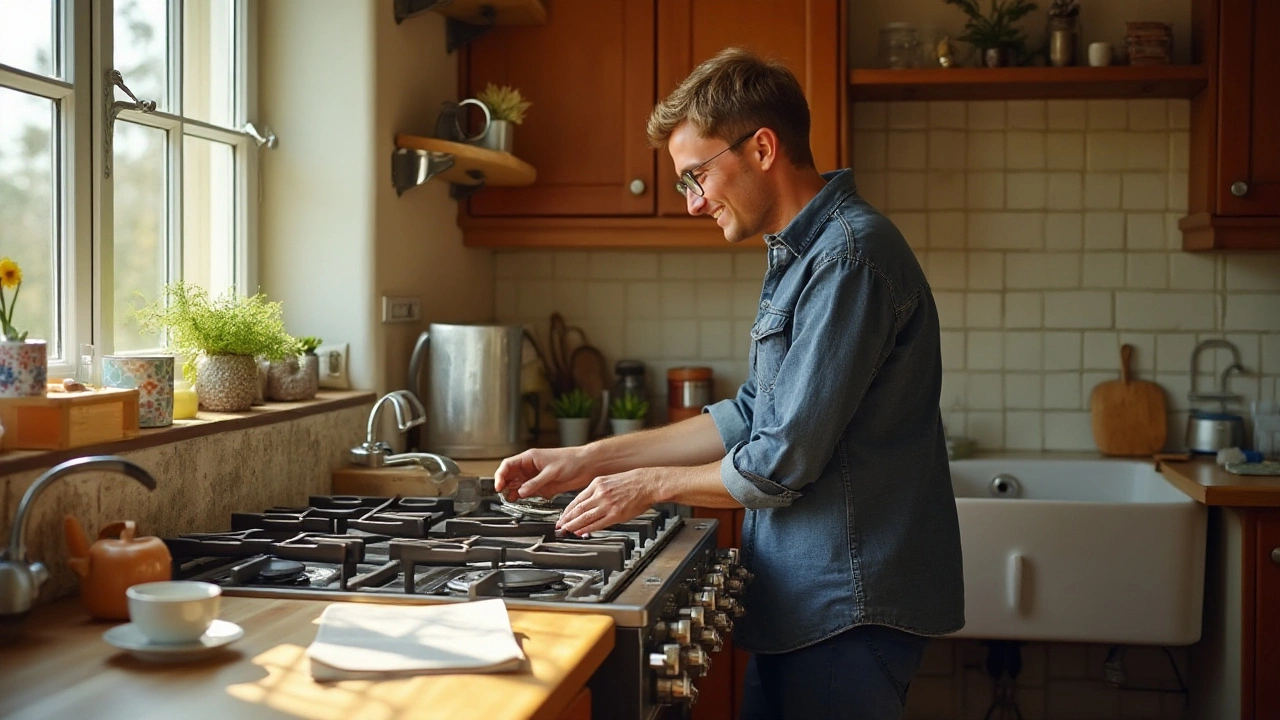DIY Hob Fixes: Quick Ways to Repair Your Glass or Ceramic Cooktop
If your hob has a cracked surface, uneven heating, or buttons that won’t work, you don’t have to call a pro right away. Most hob issues are fixable with a few tools, a bit of patience, and the right safety steps. Below you’ll find straight‑forward advice that works for glass, ceramic and even induction hobs.
Spot the Problem Before You Start
First thing – turn the hob off and unplug it. Safety always comes first. Look closely at the surface. A hairline crack can be resealed, while a deep break usually needs a replacement panel. Check the control panel for stuck buttons or flickering displays. If the hob heats unevenly, the heating element may be failing.
Next, see if the issue is electrical. Use a multimeter to test the power supply to the hob. If you get no voltage, the problem might be with the wiring or the fuse, not the hob itself. Knowing the exact fault helps you decide whether a simple fix will do.
Easy Fixes You Can Do at Home
1. Repairing a cracked glass surface
For small cracks, a clear epoxy resin works well. Clean the area with a mild soap and dry it completely. Mix the epoxy according to the instructions, then apply a thin layer over the crack. Press a piece of clear tape over the resin to flatten it while it cures (usually 24 hours). After it hardens, remove the tape – the hob should be safe to use again.
2. Replacing a damaged hob panel
If the crack is big or the glass is shattered, you’ll need a new panel. Order a replacement that matches your hob’s make and model. Unscrew the mounting brackets, lift the old panel, and connect the new one to the wiring harness. Tighten the brackets and test the hob before you put the countertop back in place.
3. Fixing unresponsive controls
Sometimes a button sticks because of spilled food or moisture. Gently pry the button with a plastic spudger and clean around it with a cotton swab dipped in isopropyl alcohol. Let it dry, then press the button a few times to see if it moves freely. If the whole control board is faulty, you may need a replacement board – many manufacturers sell them for a reasonable price.
4. Dealing with uneven heating
When only part of the hob heats, the heating element under that zone may be damaged. Remove the hob’s underside panel (usually held by screws). Inspect the element for obvious burns or breaks. If you spot a break, replace that element; it’s often sold as a separate part. Re‑assemble and test the hob.
Remember to always let the hob cool completely before opening any panels. Keep a fire extinguisher nearby just in case.
These steps cover the most common DIY hob fixes. If a repair feels beyond your comfort level, or the hob still doesn’t work after you’ve tried, it’s time to call a qualified technician. A professional can handle complex electrical issues and ensure your hob meets safety standards.
By tackling simple problems yourself, you can save money and keep your kitchen running smoothly. Keep this guide handy whenever a hob glitch pops up, and you’ll know exactly what to do next.

